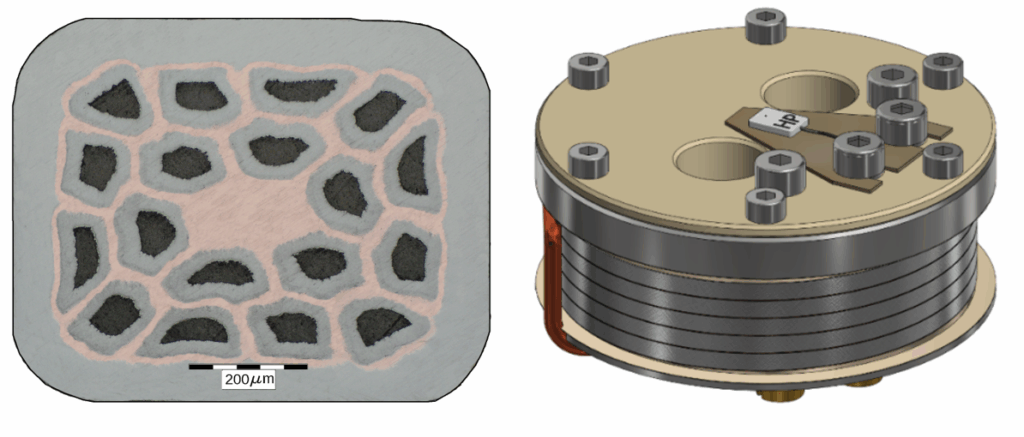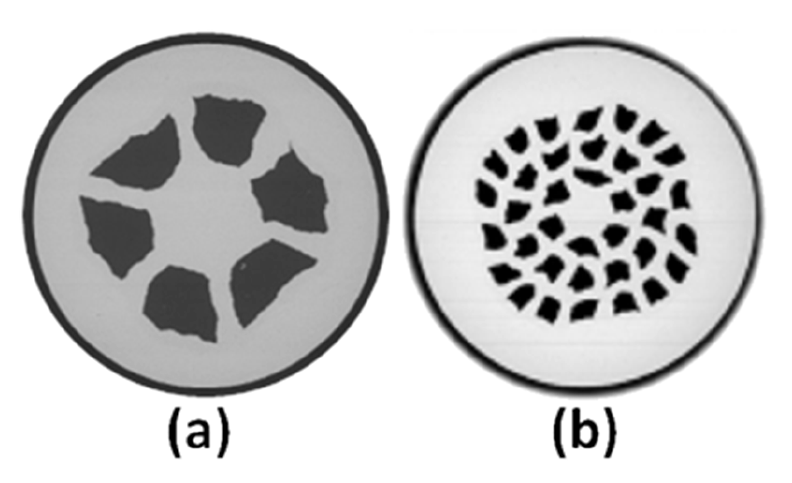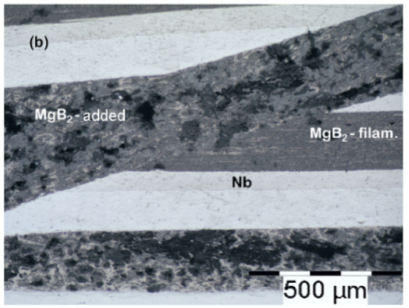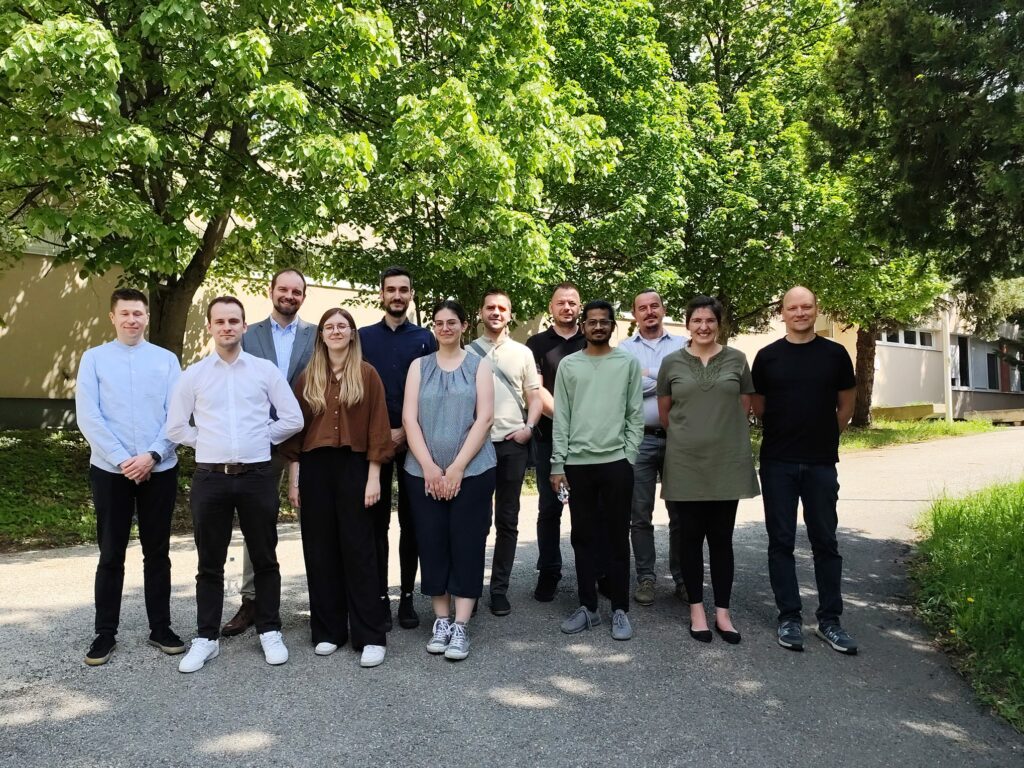Article list

Due to the growing demand for eco-friendly and energy-efficient technology, superconducting generators and motors are gaining more and more popularity. In particular, the use of a superconducting racetrack coil in either the rotor or stator of electric motors for air transport is a significant advancement in electrical engineering, being the most promising technology that could…

High-temperature superconductors represent a unique class of materials capable of conducting electric current without resistance at significantly higher temperatures compared to conventional superconductors – often even at the temperature of liquid nitrogen (77 K). These materials have a wide range of applications in modern technologies, from lossless power transmission to magnetic levitation and quantum computing….

Superconducting devices require cryogenic temperatures to function, which usually requires coolant such as liquid helium. Operating magnets at liquid helium temperatures is expensive and also the operating temperature is close to the boiling point of helium. A situation can occur, where a heat is generated locally in the magnet, which leads to vaporization of the…
A thin TiO2 semiconductor layer embedded between two metal electrodes is known to work as a memory cell, the famous memristor. To work as a memristor, the structure is formed by soft breakdown which creates a conducting nano-filament penetrating through the poorly conducting TiO2 and connecting the electrodes conductively. Previous works determined the number of…

Ex-situ MgB2 wires, specifically wires manufactured by ASG (see Figure 1), are considered for a cable design, in the frame of European project SCARLET. This project aims to develop industrial level superconducting cables capable of carrying DC current of 20 kA which is cooled by liquid hydrogen to 20 K. Inserting a superconducting cable in…

On June 25, 2025, from 9:00 a.m., the annual evaluation of PhD students will take place in the main meeting room of the Institute of Electrical Engineering of the SAS before the Scientific Council of IEE SAS. The PhD student presentations are open to the public, and everyone is welcome to attend.

Between June 15–18, 2025, the 13th edition of the international conference Advances in Electronic and Photonic Technologies (ADEPT 2025) took place in Podbanské. The conference is organized by the Faculty of Electrical Engineering of the University of Žilina, the Faculty of Electrical Engineering and Information Technology of STU in Bratislava, in cooperation with the Institute…

Molybdenum disulfide (MoS2) is a layered material which can be prepared in the form of monolayer or few-layer films. It is extensively studied due to its intriguing properties and wide range of possible applications. The layered materials have the ability to intercalate atoms and cations into their van der Waals gaps. The intercalation is one…

Magnesium diboride (MgB2) is a promising superconductor for many applications. One of the advantages of this material, is that it is possible to join single or multi-core MgB2 wires using MgB2 joint, obtaining a connection with very low or zero electrical resistance suitable for persistent mode operation of devices, such as high field superconductor magnets….

Colleagues from the gallium oxide group led by Dr Filip Gucmann in cooperation with the HUN-REN Centre for Energy Research and Łukasiewicz – Institute of Microelectronics and Photonics have organised two-day workshop on WBG/UWBG #semiconductor materials and devices in Budapest to disseminate the results achieved during the implementation of the CUBES project funded by the…





